|
Rio Cuareim, Artigas, Uruguay
Home of Crenicichla celidochilus
November 27, 2006
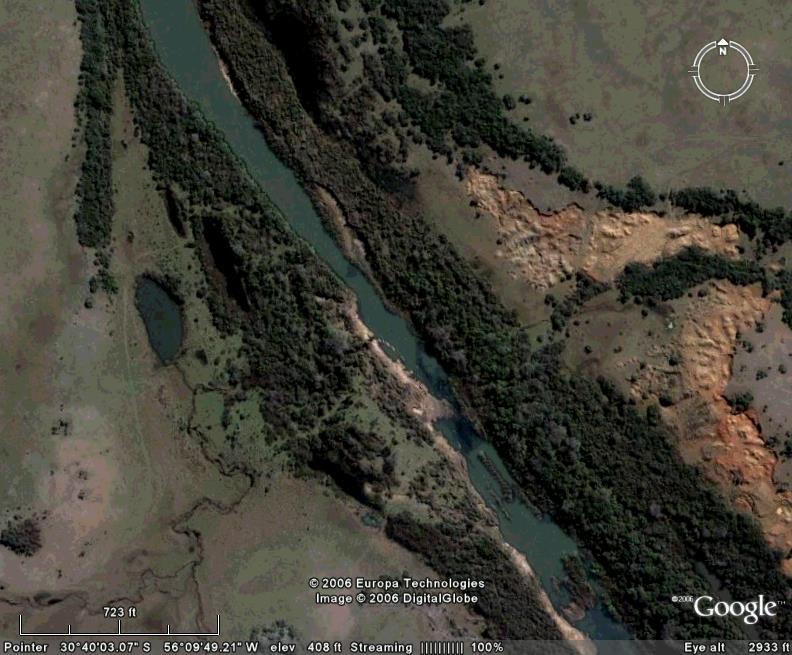
Google Earth image of collecting site. Eye elevation = 3000 ft.
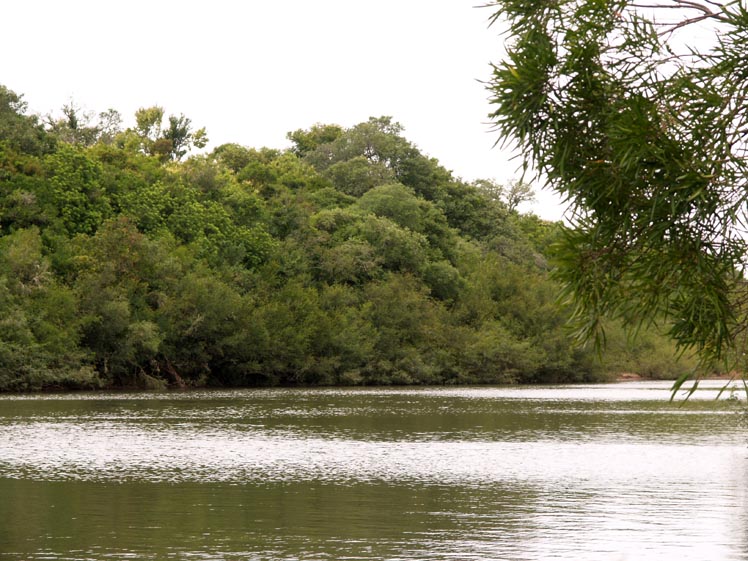
GPS Coordinates: South 30 degrees 39.511' West 056 degrees 10.153'.
Elevation: 412'.
Air temp = 67 F; water was a cool 72 F. Soft and neutral.
Google Earth this spot and the other GPS locations for an eagle-eye perspective - they are easy to find.
This river separates Uruguay from Brazil in central and northwestern Uruguay. This is near the type locality of Crenicichla celidochilus, originally described about 20 years ago by Jorge Casciotta from Arroyo de la Invernada, at the headwaters of Rio Cuareim. The sandy and muddy areas are occupied by C. lepidota and C. scotti. The rocky areas harbor three pikes - C. missioneira, C. celidochilus and C. minuano.
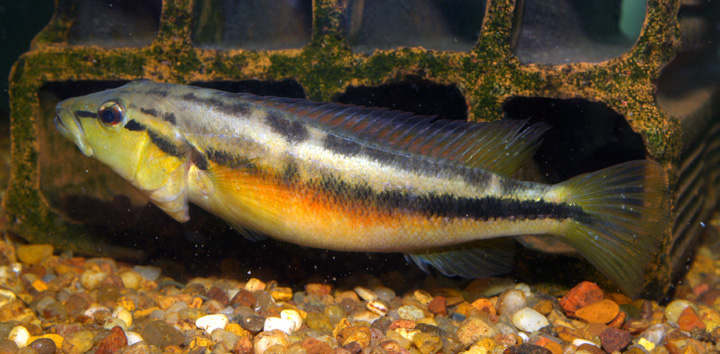
Crenicichla celidochilus in Felipe Cantera's aquarium near Montevideo. I dont ever expect this species to be common or cheap in the hobby, mostly because of the remoteness of its habitat and the challenge of catching a fish that likes to live amongst rocks. There simply is no way to get to it quickly. Was it not for Jeff 'Iron Shoulders' Cardwell's castnetting skills, we would not have caught a lot of these. Spencer and I seined about a dozen of these at another location, but that was it! They are not easy to catch. Most of the specimens we caught here were 3 to 4 inches long. Some of them go into shock when caught and bagged, (playing dead?) like some tetras, an unusual behavior for pikes. We caught 8 of them at this locality and all 8 are swimming in a tank here in LA. They are the most aggressive Uruguayan pike I've kept, and I've kept them all except a big, new species from Maldonado. In the aquarium, they are lightning fast, predatory, pushy and began greedily eating pellets within a couple of days of importation. I origiinally thought that only females get the orange belly. It appears both genders get the orange flash but more so in the females. Also, when they are under 3 inches long, ALL of them sport a small dorsal spot.
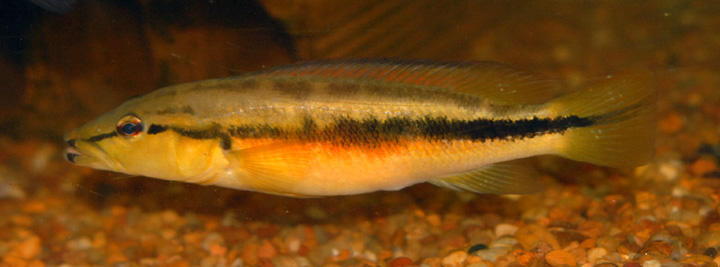
Theories on the function of ocelli (eye-spots) suggest they are meant to distract prey or to prevent being preyed upon. The ocelli on the lip of this species probably serves one of these functions, but I struggle to understand the ecological niche it occupies. I can clearly understand the rationale for coexistence of C. missioneira and C. minuano, as the latter is clearly not a piscivore. However, C. celidochilus appears to be always found with C. missioneira, a species with which it apparently shares significant amount of morphology. They are both piscivores but I simply dont know the role C. celidochilus plays in its habitat. Felipe tells me that Rio Cuareim also supports C. vittata. That makes 6 species in one spot! Unfortunately, we did not catch any C. vittata in this location.
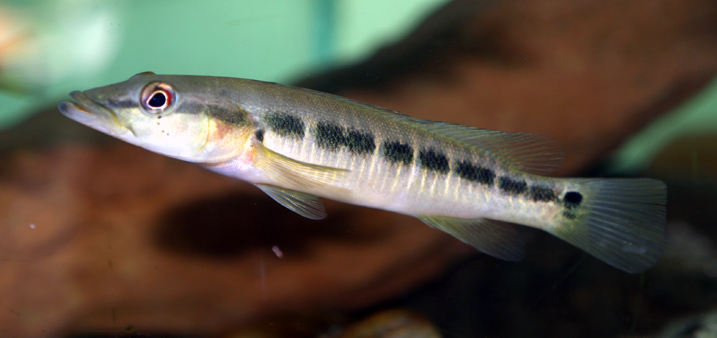
Subadult Crenicichla missioneira, a tough customer. C. missioneira from Rio Uruguay do not have the spots on the caudal peduncle. An aggressive species - I still have a 6 year old male from my first trip to Uruguay. It's tame as a dog but it will have to spend the rest of its life in a tank by itself, thanks to its aggression.
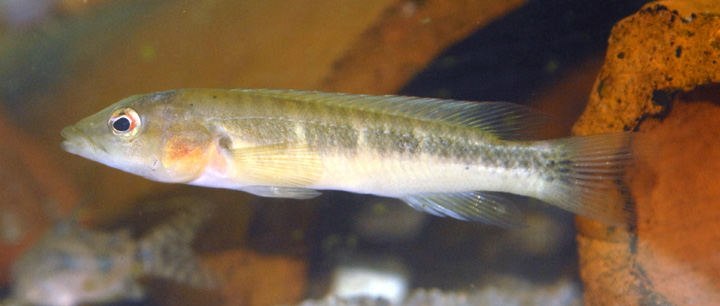
Subadult Crenicichla minuano, a diminutive and surprisingly peaceful insectivore. A delightful aquarium resident, it does not bother others or even members of its own species. Males have spots on the caudal peduncle and vertical stripes like C. missioneira. Females only have ver faint markings on the body, however, they have numerous white spots on the dorsal fin. When sexually mature, the females sport a red band on the dorsal fin and on the flanks.
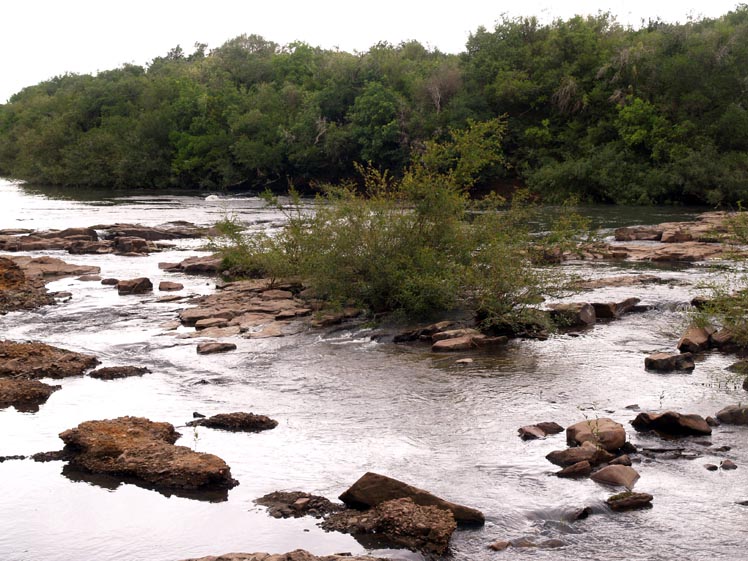
There are many small rapids on Rio Cuareim. This is a good guide to understanding how to decorate an aquarium for C. celidochilus.
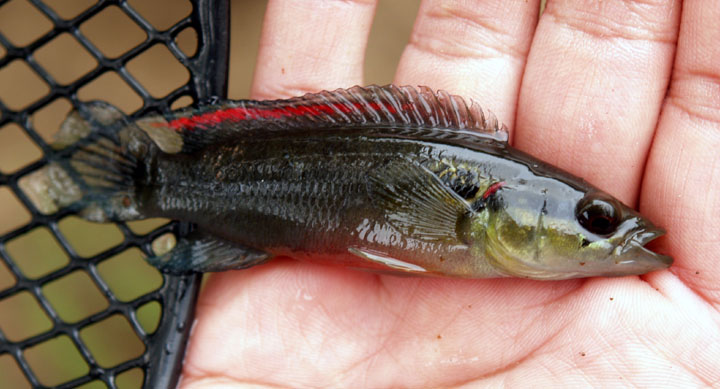
The females here had a lot of red on the dorsal fin, a characteristic of many northern Uruguayan C. lepidota types.
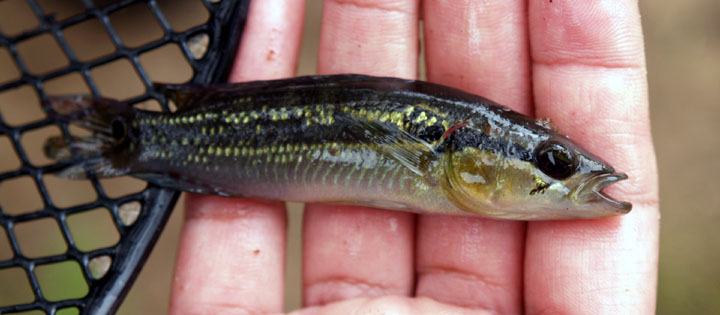
Crenicichal cf. lepidota. Males in this location displayed parallel rows of gold scales on the flanks.
Spencer quickly became an expert at trapping pikes.
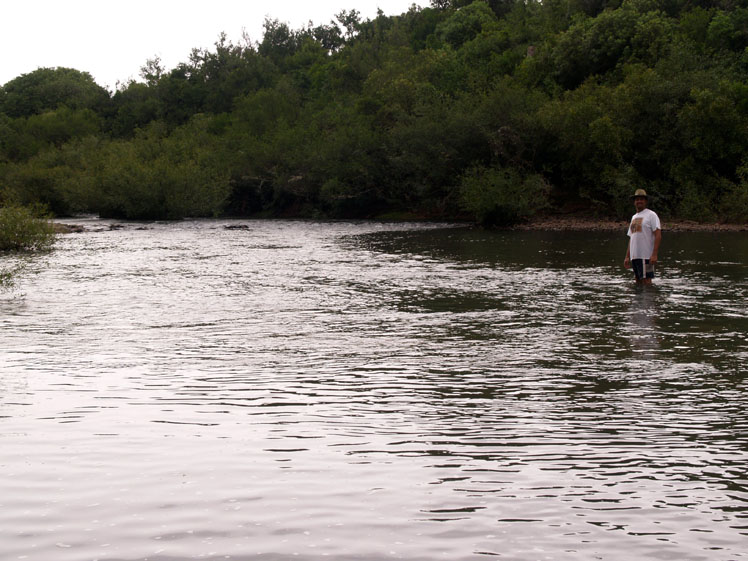
My happy place.
On every collecting trip, I come upon a place that seems so perfect, so beautiful and so peaceful that it makes me sad to walk away. Such places make me quiet, relaxed and profoundly, well, happy. Such moments always involve a body of water, forests, isolation, birds, fishes and interestingly, they are always in South America.
I revert to introversion and go away, perch on a rock and soak in the place until content.
Photos by J. Cardwell, S. Jack and V. Kutty
Fish species found in Rio Cuareim:
- Crenicichla minuano
- C. missioneira
- C. scotti
- C. celidochilus
- C. cf. lepidota
- Gymno. sp. Red Cheek Cuareim (gymnogenys group)
- Hoplias lacerdai
- Pseudocorinopoma doriae
- Hyphessobrycon meridionalis
- Hyphessobrycon sp. Tetra Roja
- Unidentified Loricariid
- Cyanocharax uruguayensis
- Astyanax sp. Blue
- Astyanax sp. Bar Tail
- Gymno. sp. Catalan Blue Lip (rhabdotus group)
- Australoheros cf. Cuareim
|

